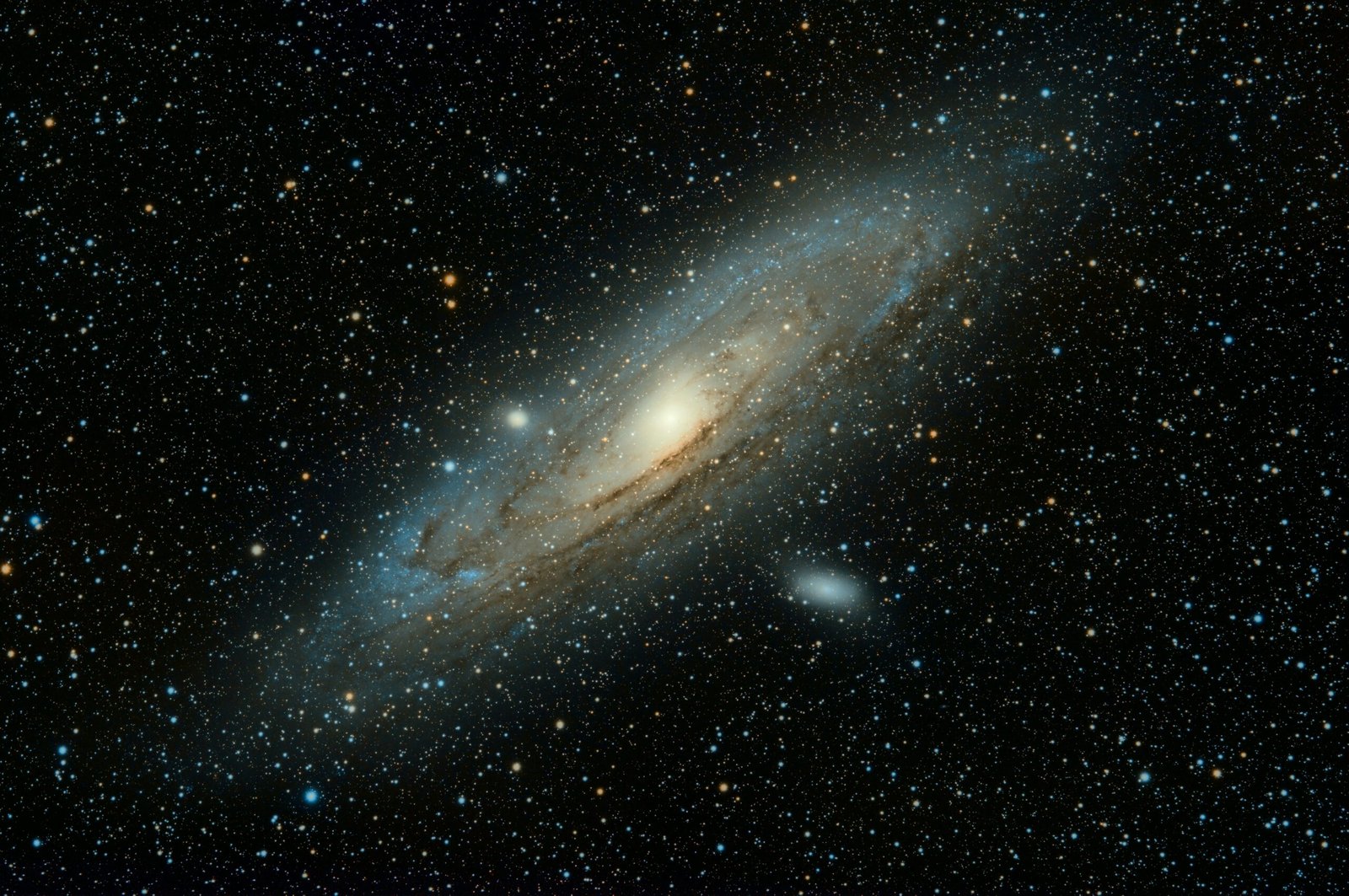The Sun is the star at the center of our solar system. It is a massive ball of hot, glowing gas that provides light and heat to the planets in its orbit. The Sun is essential for life on Earth, as it provides the energy needed for plants to grow and for the water cycle to occur.
Structure and Composition
The Sun is made up of several layers. The innermost layer is the core, where nuclear fusion occurs. This is where hydrogen atoms combine to form helium, releasing a tremendous amount of energy in the process. Surrounding the core is the radiative zone, where energy is transported through radiation. Above the radiative zone is the convective zone, where energy is transported through convection.
On the surface of the Sun is the photosphere, which is the layer that emits light. Above the photosphere is the chromosphere, which is a thin layer of gas that is hotter than the photosphere. The outermost layer of the Sun is the corona, which is the Sun’s atmosphere. The corona extends millions of kilometers into space and is visible during a total solar eclipse.
Features and Phenomena
The Sun has several features and phenomena that are worth noting. Sunspots are dark spots on the surface of the Sun that are cooler than the surrounding areas. They are caused by magnetic activity and are often accompanied by solar flares, which are bursts of energy that can release a large amount of radiation into space.
Solar prominences are large, bright features that extend from the Sun’s surface into the corona. They are often loop-shaped and can last for several weeks. Solar prominences are caused by the Sun’s magnetic field.
Solar wind is a stream of charged particles that is constantly flowing from the Sun. It can have a significant impact on Earth’s magnetic field and can cause phenomena such as the auroras.
Importance to Earth
The Sun is crucial for life on Earth. It provides the energy needed for photosynthesis, which is the process by which plants convert sunlight into chemical energy. This energy is then passed on to other organisms in the food chain. The Sun also drives the water cycle, which is responsible for the distribution of water on Earth.
Additionally, the Sun’s gravitational pull keeps the planets in our solar system in their orbits. It also provides the light and heat that make Earth a habitable planet. Without the Sun, life as we know it would not be possible.
Conclusion
The Sun is a fascinating and essential part of our solar system. It provides light, heat, and energy to the planets in its orbit, including Earth. Understanding the structure, composition, and phenomena of the Sun helps us appreciate its importance and the role it plays in sustaining life on our planet.
